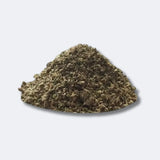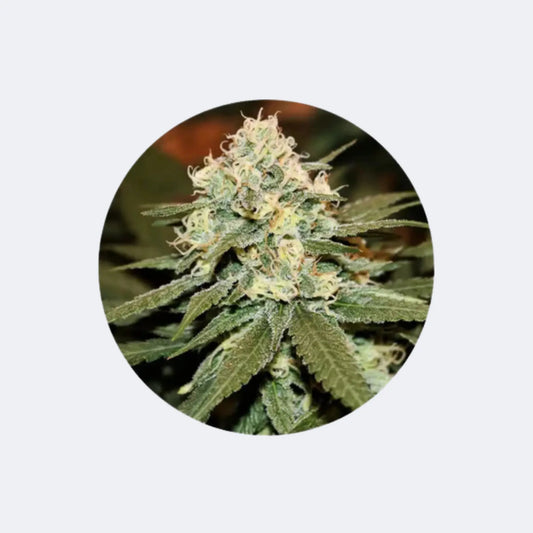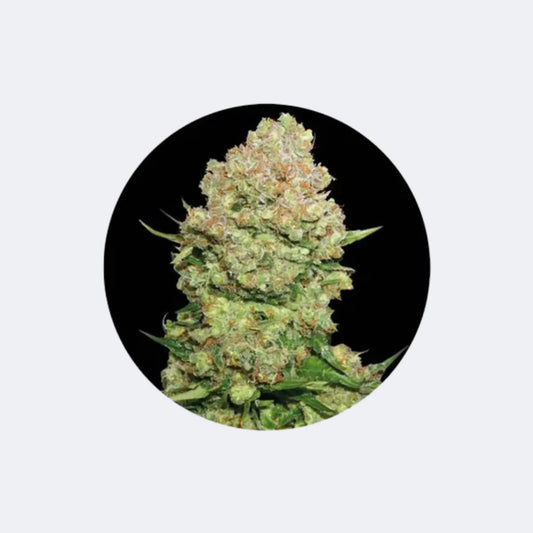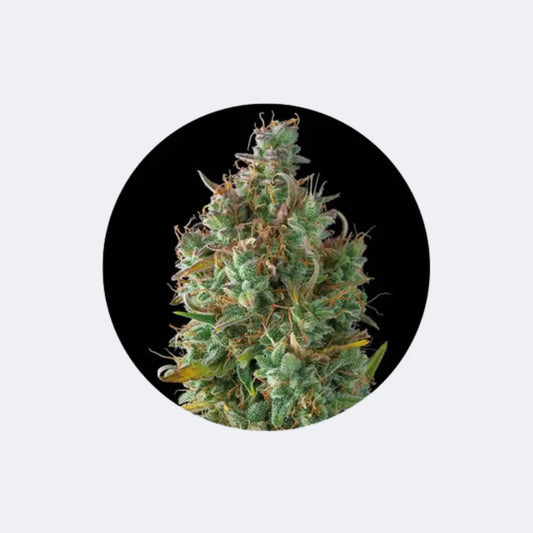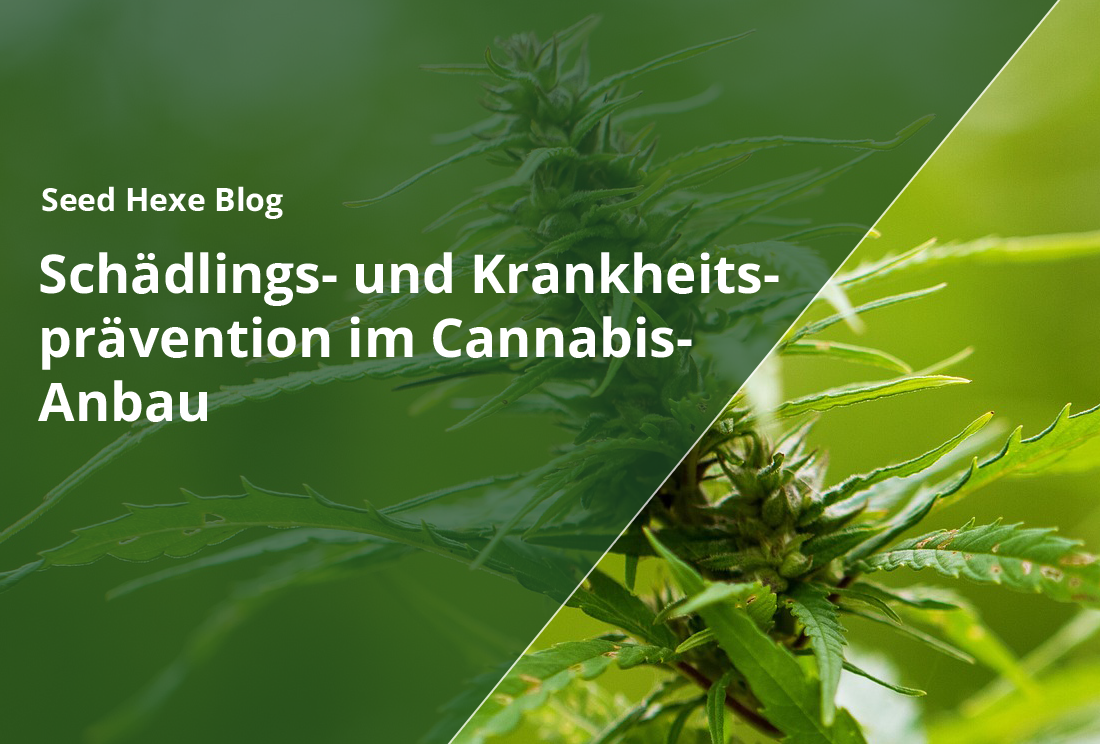
Pest and disease prevention in cannabis cultivation
Andreas LeschkeShare blog post
One of the biggest challenges in cannabis cultivation is preventing pests and diseases. These can appear quickly and affect the health and yield of your plants. Here are some best practices for pest and disease prevention in cannabis cultivation:

1. Cleanliness and hygiene: Keep your grow room clean and tidy. Regularly remove dead plant debris, leaves, and weeds, as these can be havens for pests and pathogens.
2. Quarantine new plants: Quarantine new plants, cuttings, or seeds before bringing them into your main grow room. Check them for signs of pests or disease to prevent infection of your entire setup.
3. Improve air circulation: Ensure good air circulation in your grow room to reduce humidity and prevent mold growth. Use fans to circulate air around the plants and avoid waterlogged areas.
4. Regular inspections: Conduct regular inspections of your plants to detect signs of pests or diseases early. Look for yellow leaves, deformed leaves, holes, or cobwebs.
5. Biological pest control: Use biological pest control agents such as ladybugs, predatory bugs, or nematodes to control pests like thrips, spider mites, or whiteflies. These natural enemies are effective and environmentally friendly.
6. Use of beneficial insects: Use beneficial insects such as predatory mites or parasitic wasps to reduce pest populations. These natural enemies are a sustainable and effective method of pest control.
7. Use pesticides wisely: If you must use pesticides, choose selective, environmentally friendly products and use them according to the manufacturer's instructions. Be sure to follow safety precautions and minimize your impact on the environment.
8. Choose resistant strains: Choose cannabis strains that are known to be resistant to pests and diseases. This can reduce the risk of infections and ease the burden of pest control.
9. Regular Disinfection: Disinfect your equipment, tools, and grow rooms regularly to prevent the spread of pathogens. Use alcohol-based solutions or specialized disinfectants.
10. Early intervention: If you notice signs of pests or diseases, act quickly and decisively. Isolate infected plants, remove affected areas, and implement appropriate measures to control the problem.
By following these best practices for pest and disease prevention in cannabis cultivation, you can protect the health and yield of your plants and ensure a successful harvest. Stay vigilant, be proactive, and act quickly when necessary to minimize potential problems.
